A light and beautiful country house near Cambridge with a spectacular colonnaded terrace
Penny Churchill takes a look at a Cambridgeshire country house that's the archetypal Georgian house.
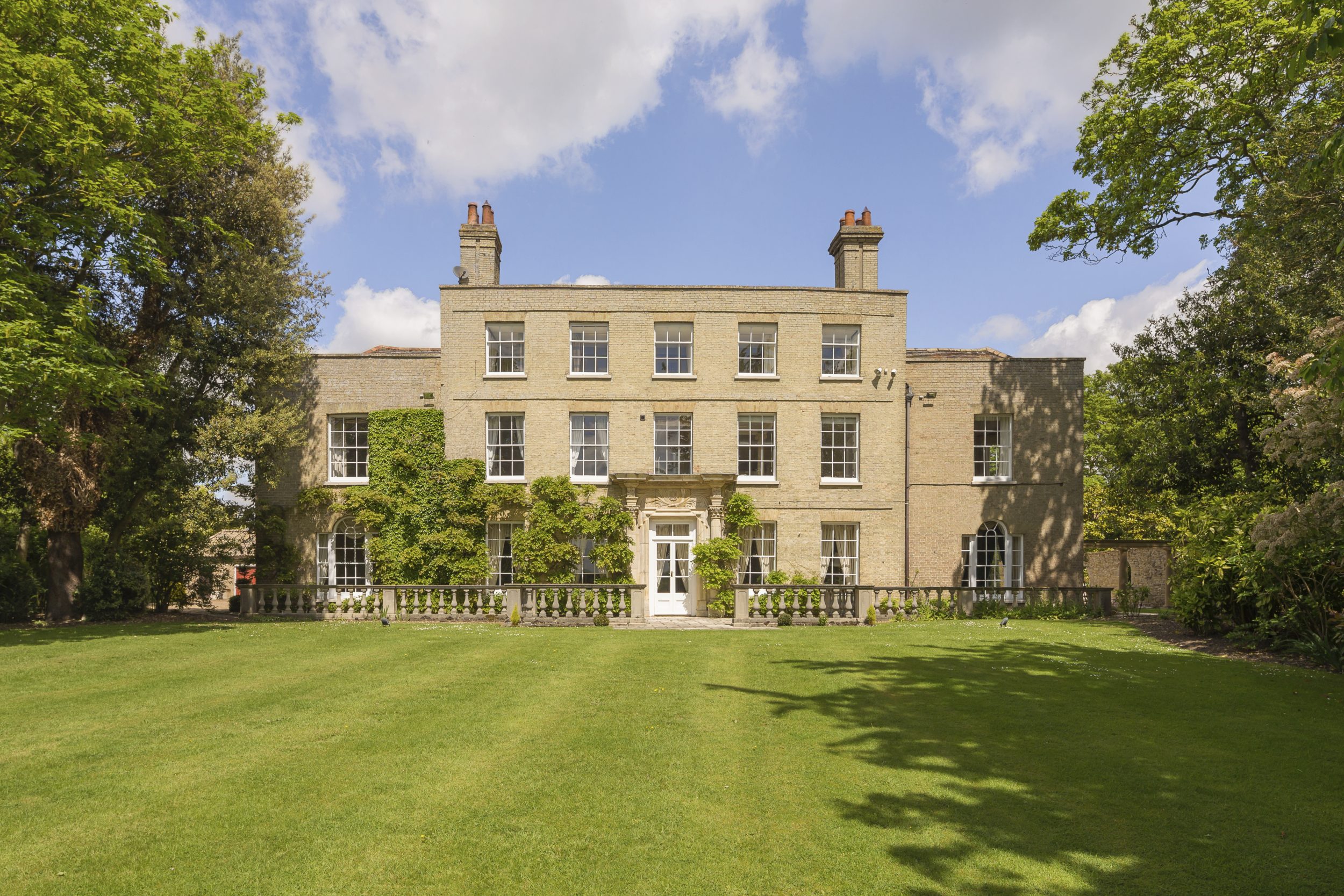

Bluntisham House at Bluntisham in Cambridgeshire, four miles east of the pretty riverside market town of St Ives, is every inch the classic early-Georgian home. Framed by tall trees, this house is a substantial former rectory that was built, according to its listing, in about 1720, with later 18th-century wings and 19th-century additions and alterations.
For sale through the Cambridge office of Savills at a guide price of £2.35 million, the 9,432sq ft, it’s a fine property that also happens to be in a convenient spot: this part of the world has easy access to Cambridge, London and the motorway network.
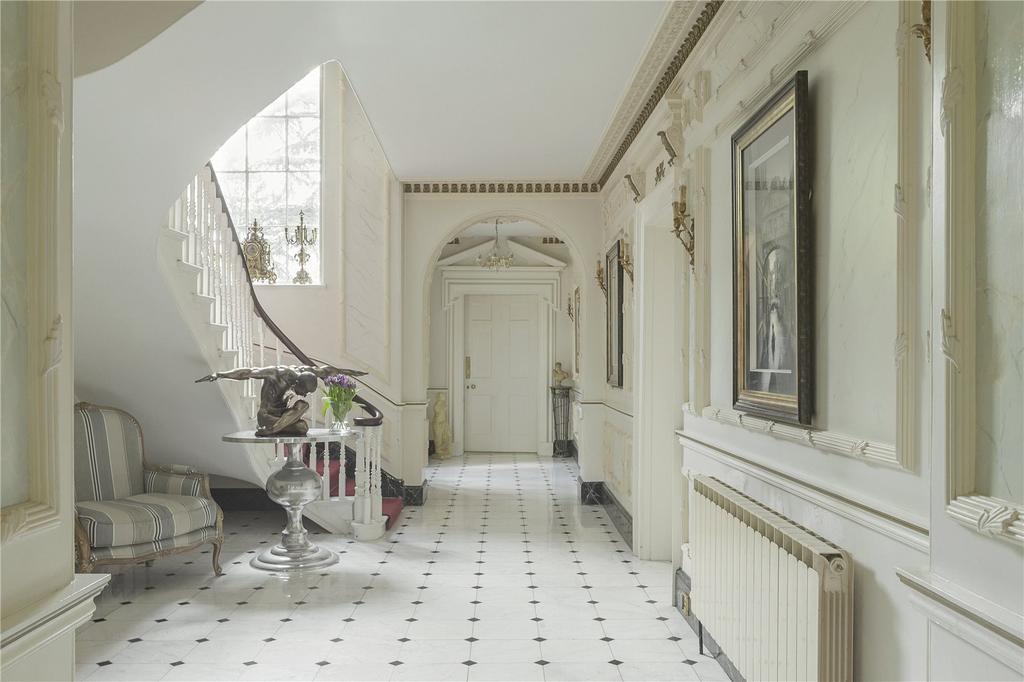
Bluntisham House offers family living with grace and space on three floors. Accommodation includes three main reception rooms, two studies, a conservatory, a kitchen/breakfast room, master and guest suites, six further bedrooms and a family bathroom. 
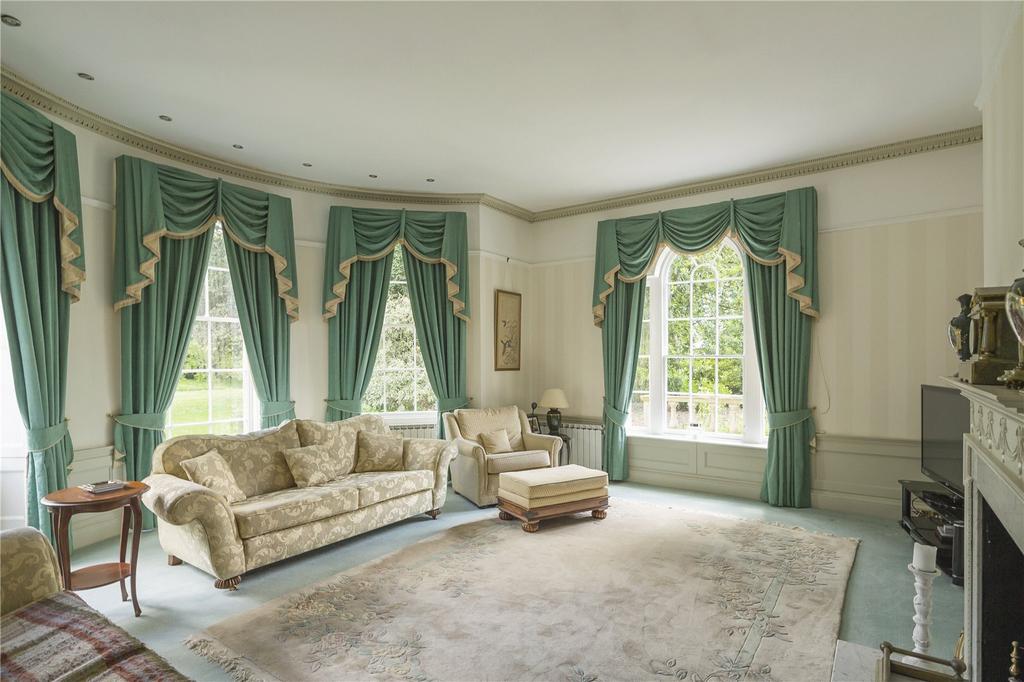
Over the years the house attracted a succession of incumbents endowed with grand architectural aspirations and the means to realise them. In about 1800, The Rev Tillard made a number of alterations, followed by The Rev Baines who, in 1848, installed the grand central entrance door case with its ornate architrave and fluted Corinthian columns, taken from Slepe Hall in St Ives. The novelist Dorothy L. Sayers lived there from 1897 until about 1919.
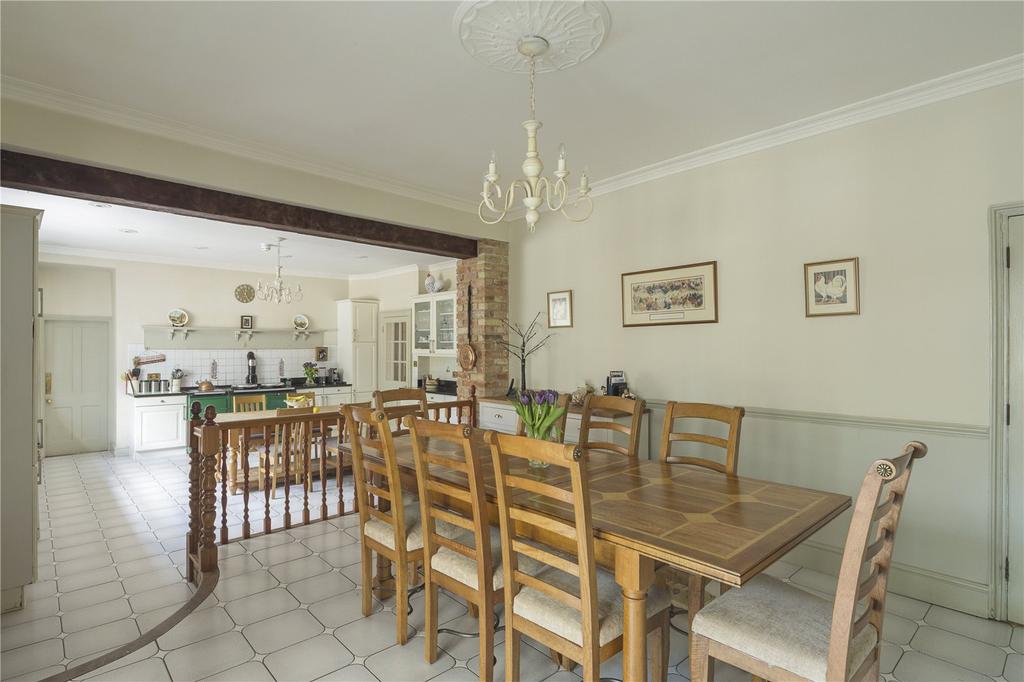
Sadly, the era of grand rectory living was long gone by the time The Rev Edward Peake — in his youth a fine sportsman who played for Wales in their first rugby international against England in 1881, as well as a noted ornithologist in later years — took over as Rector of Bluntisham.
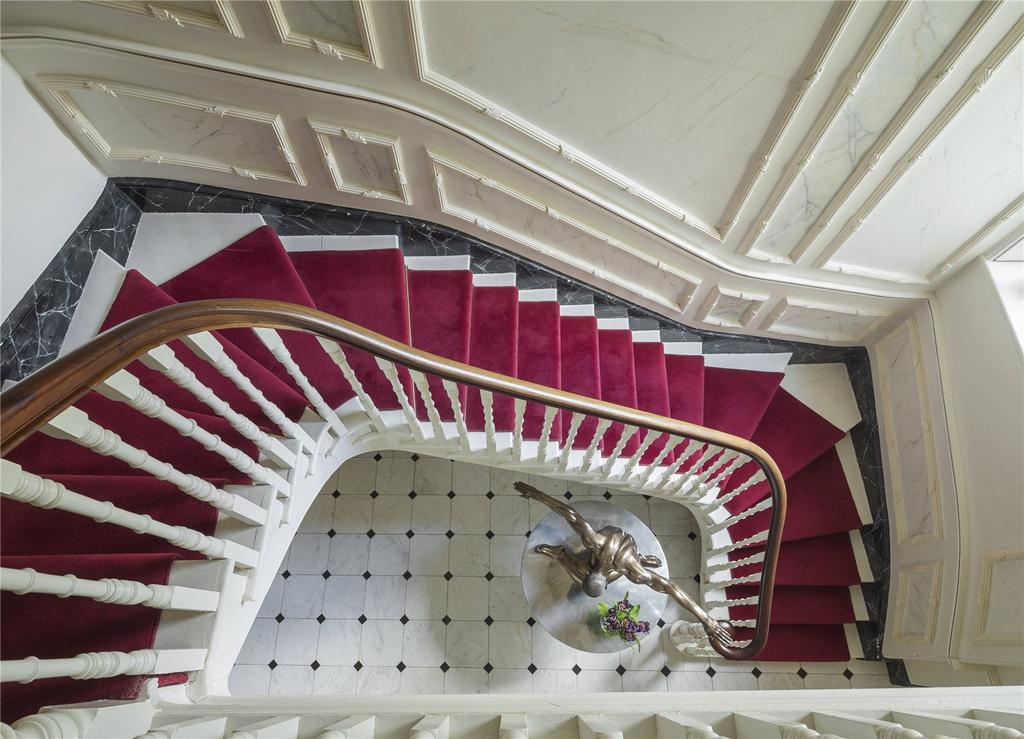
In 1944, he wrote in his diary: ‘Once the rectory was used in the Church Assembly News as an illustration of Big Rectories. If the size of the rectory has been a burden, the garden has been a source of delight. Those who travel along the road from St Ives to Ely cannot help noticing the front of this garden with its sloping lawn, its lovely trees and attractive flower beds.’
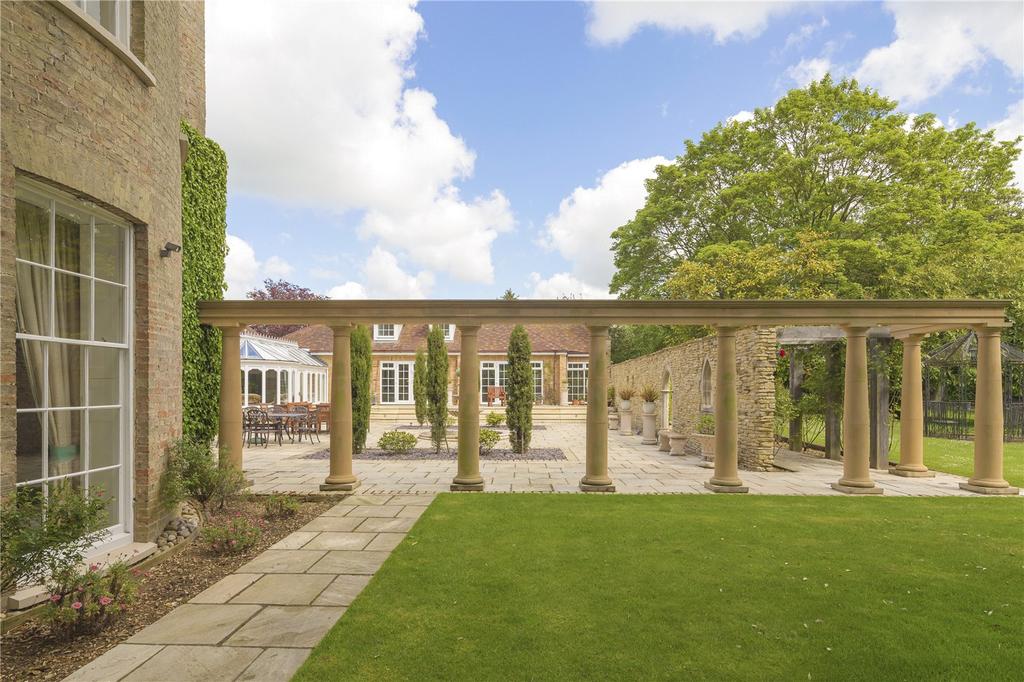
Inevitably, the rectory, listed Grade II* in 1951, was sold off by the Church (together with that lovely garden). It was bought in the late 1980s by its current owners, who, according to selling agent James Barnett, found the house in a ‘parlous’ state of repair.
Sign up for the Country Life Newsletter
Exquisite houses, the beauty of Nature, and how to get the most from your life, straight to your inbox.
They carried out a comprehensive programme of renovation and refurbishment that included the addition of a new wing housing an indoor pool that won a conservation award.
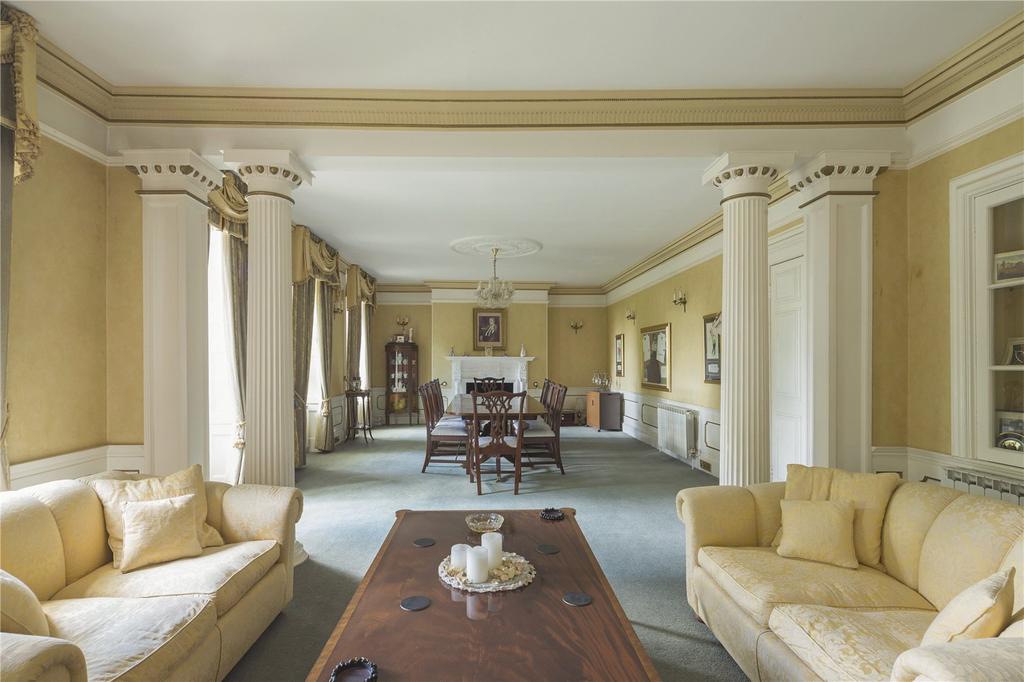

Credit: Strutt and Parker
Best country houses for sale this week
An irresistible West Country cottage and a magnificent Cumbrian country house make our pick of the finest country houses for
-
 380 acres and 90 bedrooms on the £25m private island being sold by one of Britain's top music producers
380 acres and 90 bedrooms on the £25m private island being sold by one of Britain's top music producersStormzy, Rihanna and the Rolling Stones are just a part of the story at Osea Island, a dot on the map in the seas off Essex.
By Lotte Brundle Published
-
 'A delicious chance to step back in time and bask in the best of Britain': An insider's guide to The Season
'A delicious chance to step back in time and bask in the best of Britain': An insider's guide to The SeasonHere's how to navigate this summer's top events in style, from those who know best.
By Madeleine Silver Published
-
 380 acres and 90 bedrooms on the £25m private island being sold by one of Britain's top music producers
380 acres and 90 bedrooms on the £25m private island being sold by one of Britain's top music producersStormzy, Rihanna and the Rolling Stones are just a part of the story at Osea Island, a dot on the map in the seas off Essex.
By Lotte Brundle Published
-
 A home cinema, tasteful interiors and 65 acres of private parkland hidden in an unassuming lodge in Kent
A home cinema, tasteful interiors and 65 acres of private parkland hidden in an unassuming lodge in KentNorth Lodge near Tonbridge may seem relatively simple, but there is a lot more than what meets the eye.
By James Fisher Published
-
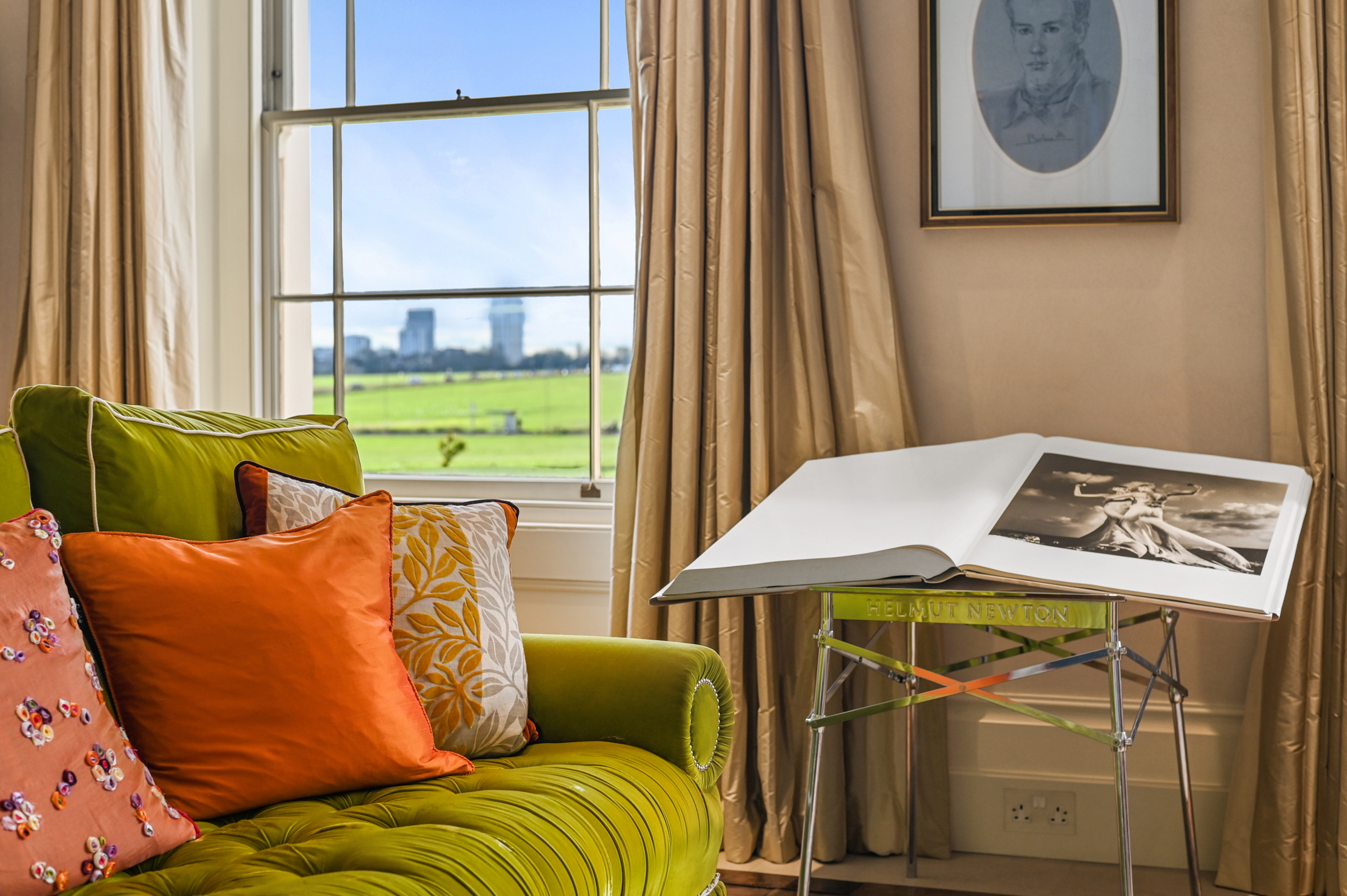 A rare opportunity to own a family home on Vanbrugh Terrace, one of London's finest streets
A rare opportunity to own a family home on Vanbrugh Terrace, one of London's finest streetsThis six-bedroom Victorian home sits right on the start line of the London Marathon, with easy access to Blackheath and Greenwich Park.
By James Fisher Published
-
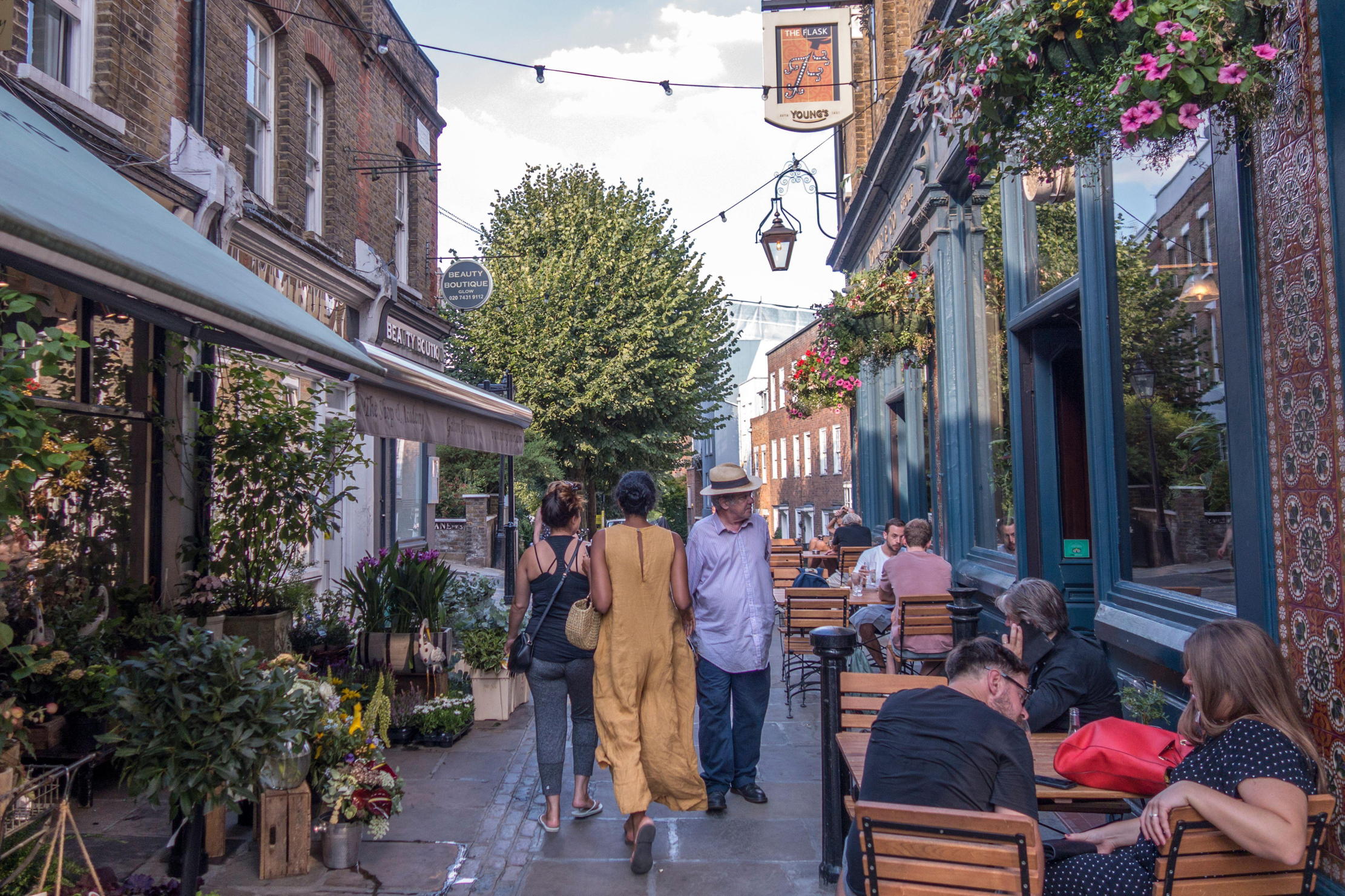 A tale of everyday life as lived on Britain's most expensive street
A tale of everyday life as lived on Britain's most expensive streetWinnington Road in Hampstead has an average house price of £11.9 million. But what's it really like? Lotte Brundle went to find out.
By Lotte Brundle Last updated
-
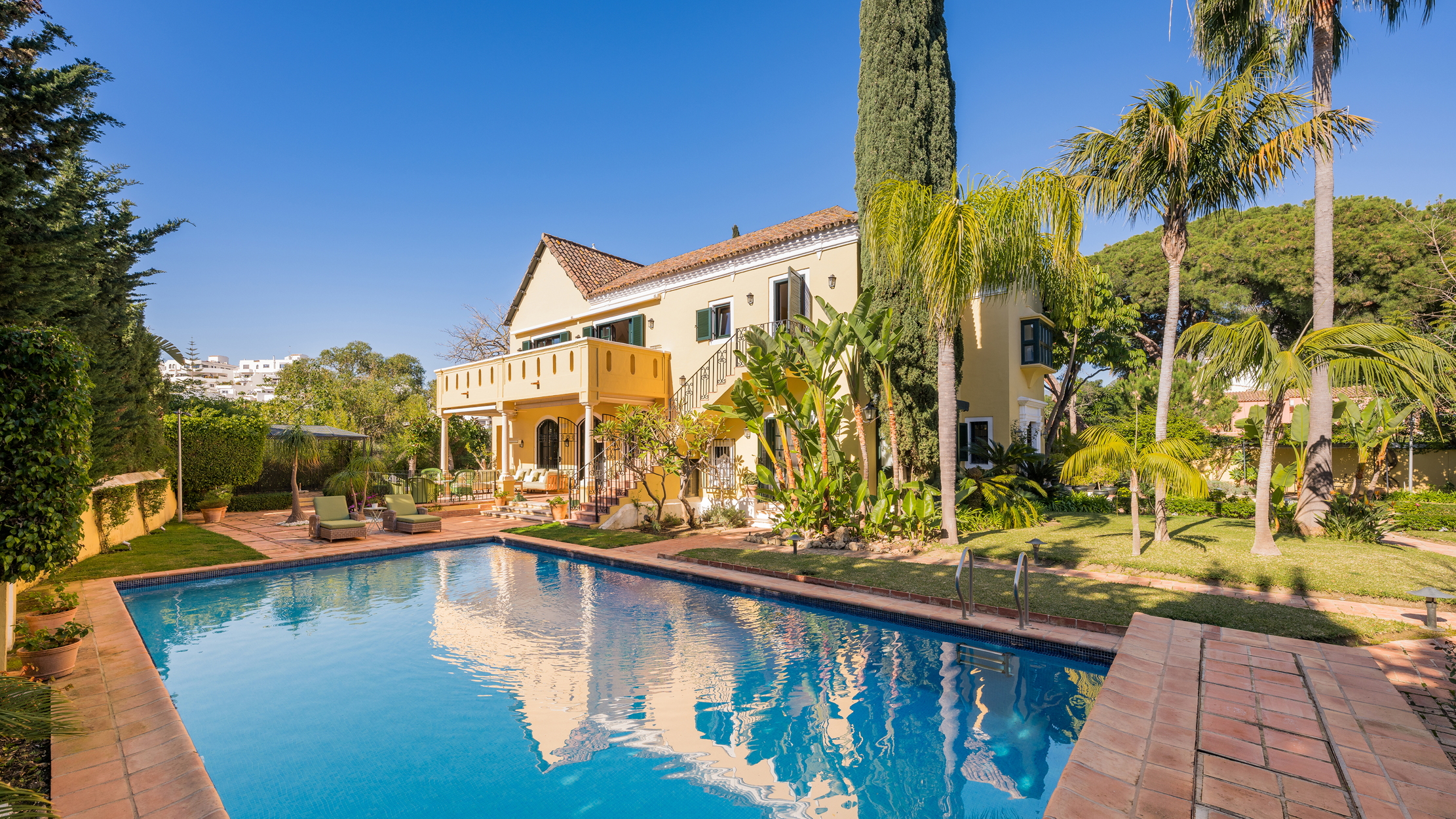 Damon Hill's former home in Marbella is the perfect place to slow down
Damon Hill's former home in Marbella is the perfect place to slow downThe glorious Andalusian-style villa is found within the Lomas de Marbella Club and just a short walk from the beach.
By James Fisher Published
-
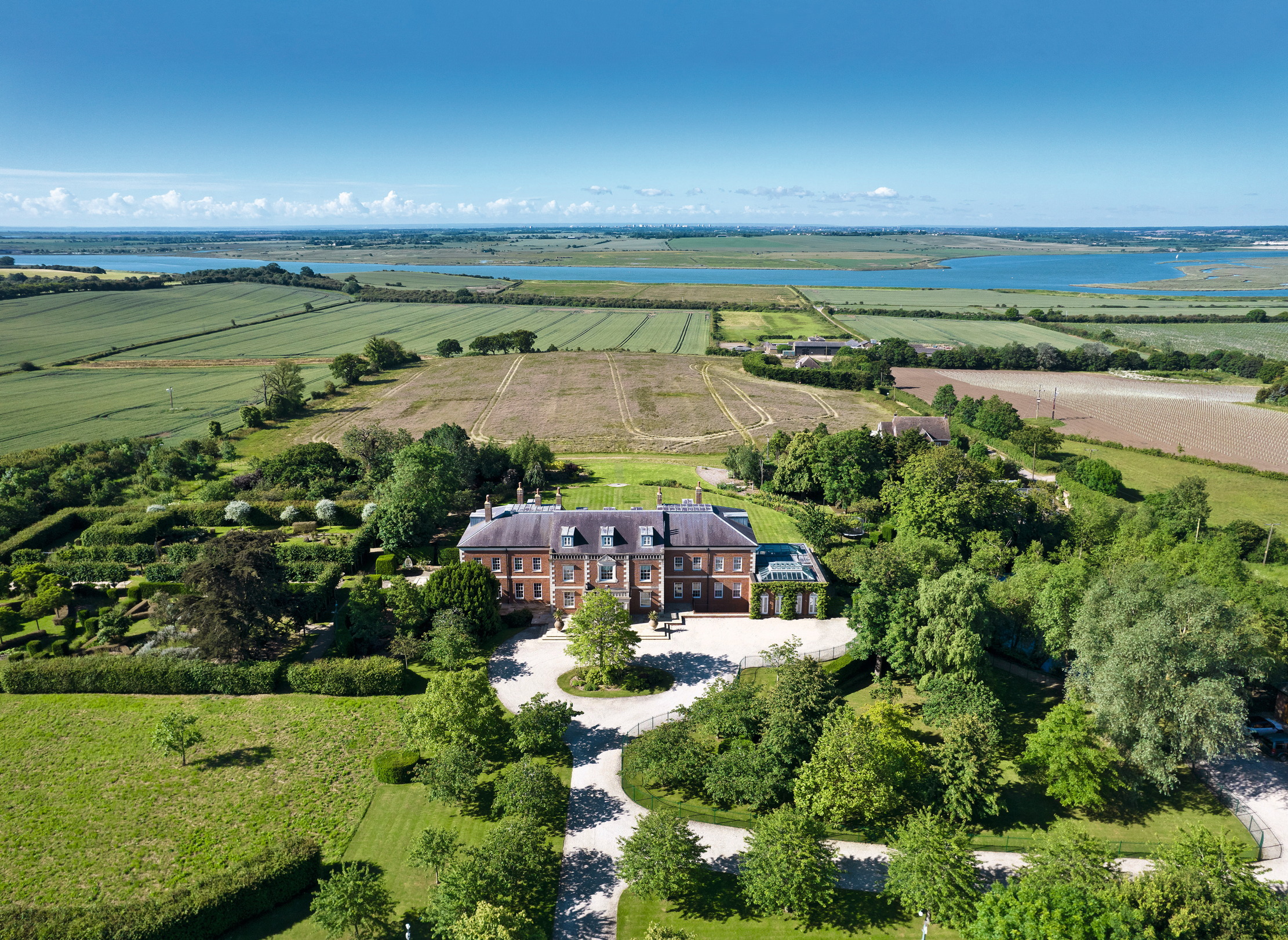 A 327-acre estate in the heart of 'England’s Côte d’Or', with a 26,000sq ft Georgian style home at its heart
A 327-acre estate in the heart of 'England’s Côte d’Or', with a 26,000sq ft Georgian style home at its heartStokes Hall in the Crouch Valley is an inspiring property looking for a new owner.
By Penny Churchill Published
-
 Schreiber House, 'the most significant London townhouse of the second half of the 20th century', is up for sale
Schreiber House, 'the most significant London townhouse of the second half of the 20th century', is up for saleThe five-bedroom Modernist masterpiece sits on the edge of Hampstead Heath.
By Lotte Brundle Published
-
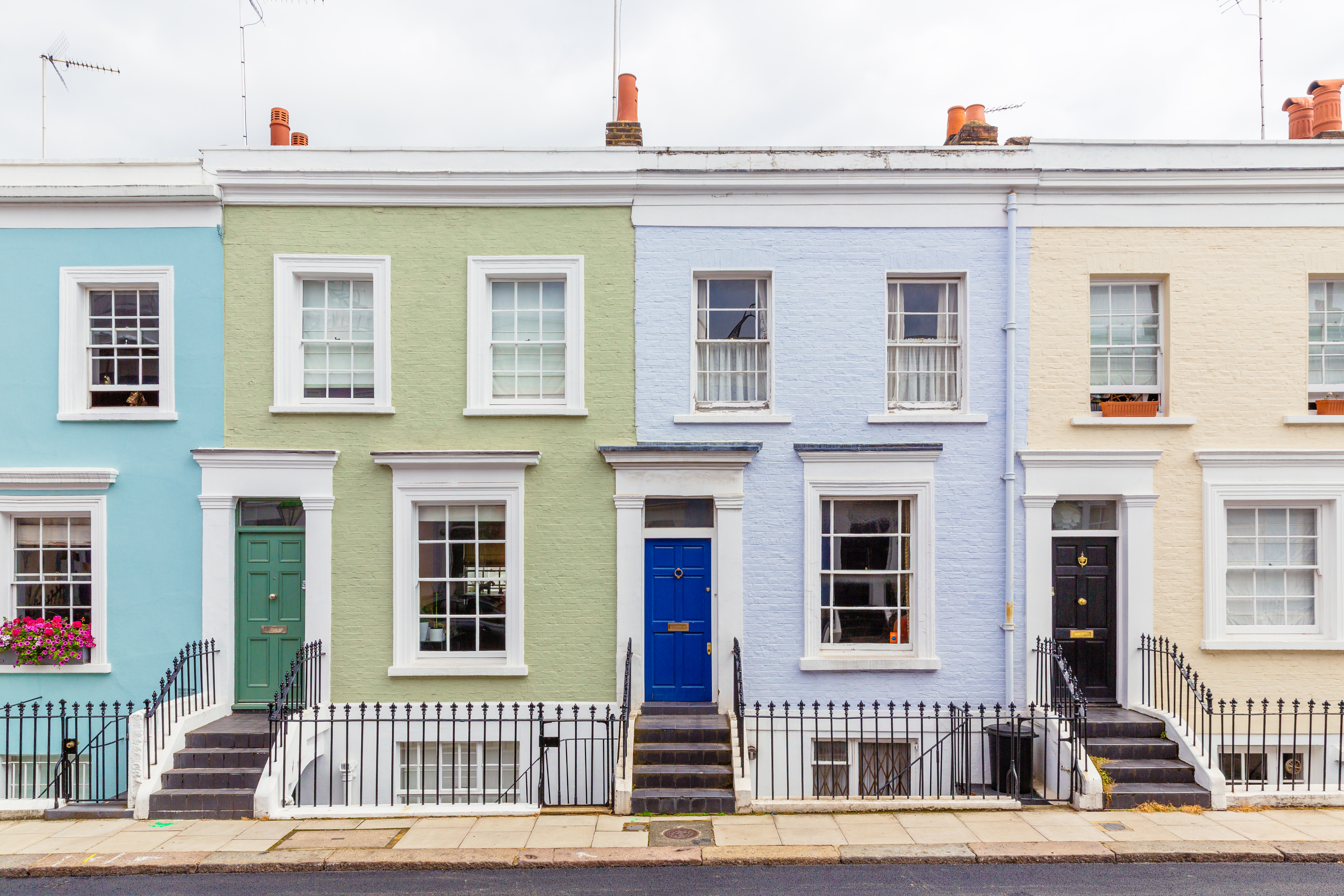 Is the 'race for space' officially over?
Is the 'race for space' officially over?During the lockdowns, many thought the countryside was the place to be. It seems many are now changing their minds.
By Annabel Dixon Last updated
